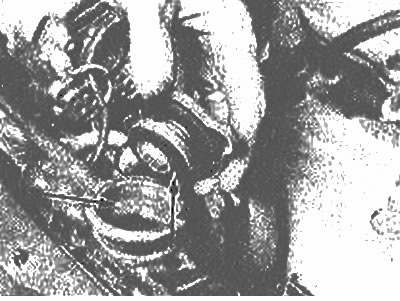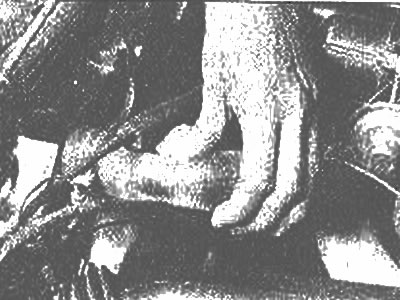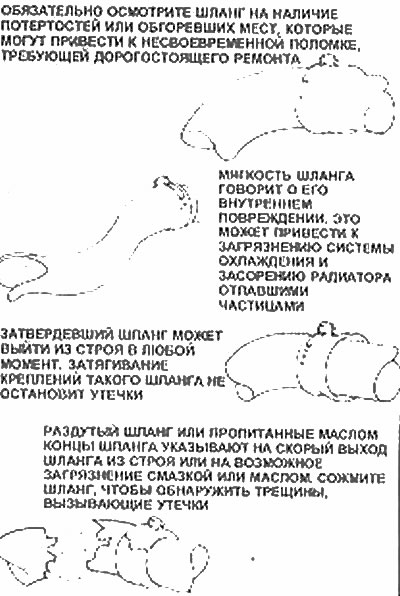2. The cooling system can only be rotated when the engine is cold (after turning it off, at least three hours must elapse).
3. Remove the radiator cap and thoroughly rinse all interior and exterior surfaces with clean water. Also clean the radiator filler neck. All traces of corrosion must be removed (photo).

Never remove the radiator cap while the engine is cold. Check sealing surfaces (arrows) for signs of corrosion and damage
4. Carefully inspect the upper and lower radiator hoses, as well as heater hoses (smaller diameter). Inspect each hose along its entire length, replacing any that are cracked, bulging, or frayed. Cracks will be easier to find if you squeeze the hose with your hand (photo).

Although the radiator hose appears to be in good condition, you should periodically check it for cracks, which are easier to see if you squeeze the hose
5. Make sure all hoses are securely attached. The presence of leaks in the cooling system can usually be detected by white or rusty deposits around the hose fittings.
6. Use compressed air or soft wood chips to remove dead insects, leaves, etc. from the radiator or air conditioner condenser. Be careful not to damage or cut yourself on the thin cooling plates.
7. Check the pressure in the system and the pressure opening the valve in the radiator cap. If you do not have the appropriate device, contact your nearest gas station or service station.

